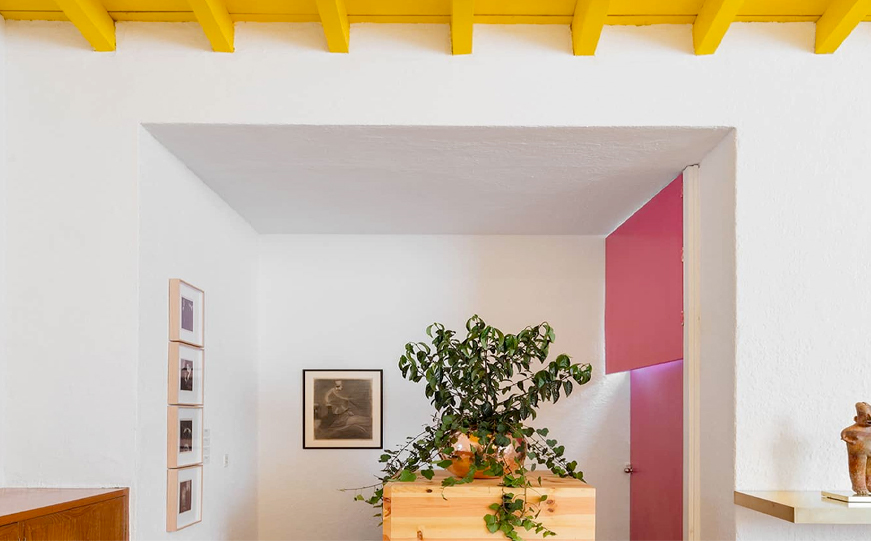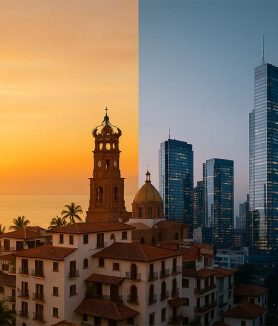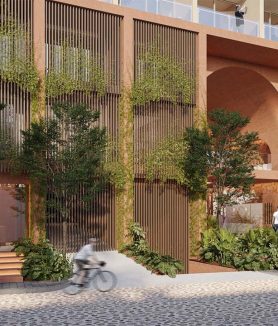Barragán House, also known as Casa Luis Barragán, is a historic house located in the old neighborhood of Tacubaya in Mexico City designed by the famous Mexican architect Luis Barragán. The house was built in 1948 and is considered one of the masterpieces of modern architecture in the world.
The house is characterized by its modern style, combining avant-garde elements with historical references. The use of bright colors, the presence of interior patios, the incorporation of natural components such as water, as well as the crenellated walls that give it a certain austerity, stand out.
The architectural style of the house is a combination of various elements. Barragán was known for his minimalist style and his ability to combine light and color in his designs. In Barragán House, the use of pink, yellow and blue walls and ceilings is especially notable and there is also a lot of influence from colonial architecture in its design, such as the carved wooden doors and windows and the presence of balconies.
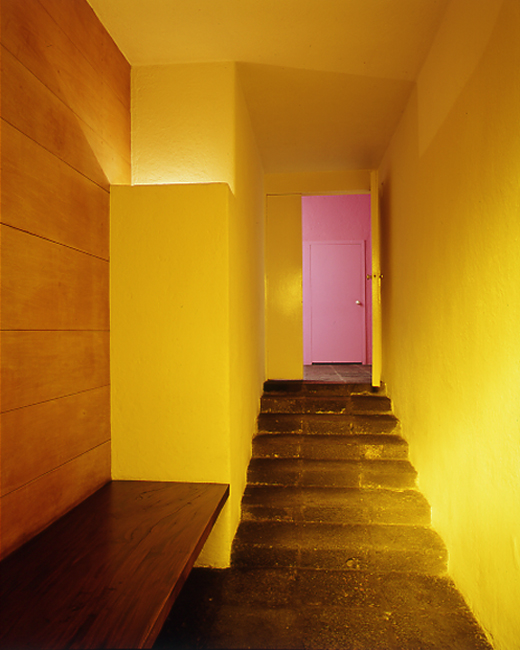
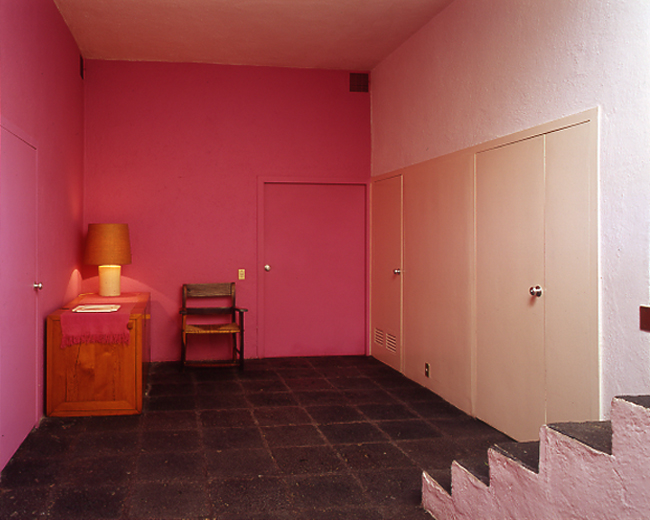
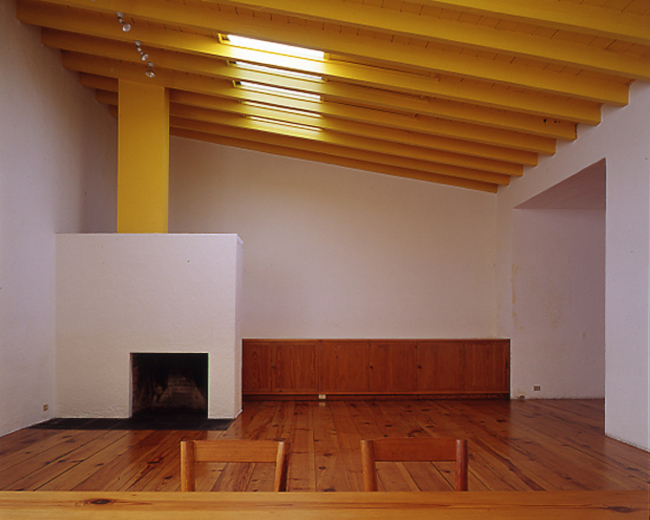
But the true story of Barragán House begins with the death of the architect in 1988. After his death, the house was turned into a museum to maintain his legacy and the memory of his work. Since then it has been a meeting place for artists, intellectuals, architects and other creatives for whom the house has become a place for the exchange of ideas between contemporary and modernist architecture. This gives continuity to the work of Luis Barragán.
Barragan House has been recognized for its historical and cultural importance. It was declared a UNESCO World Heritage Site in 2004 and has been described as an example of modern Mexican architecture and one of the most significant works of 20th century architecture in Latin America.
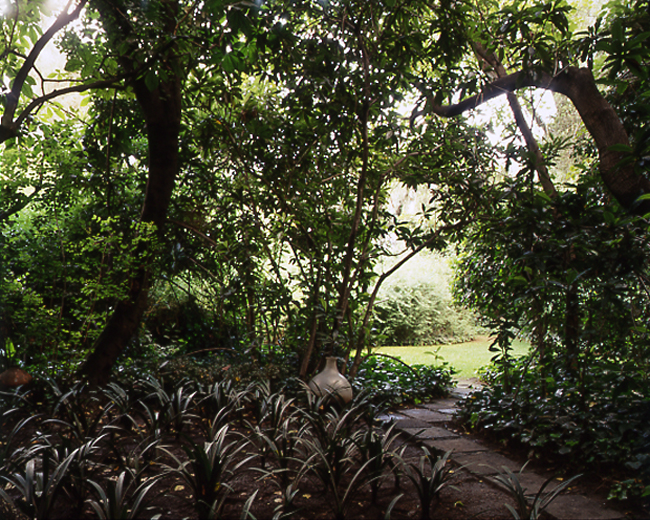

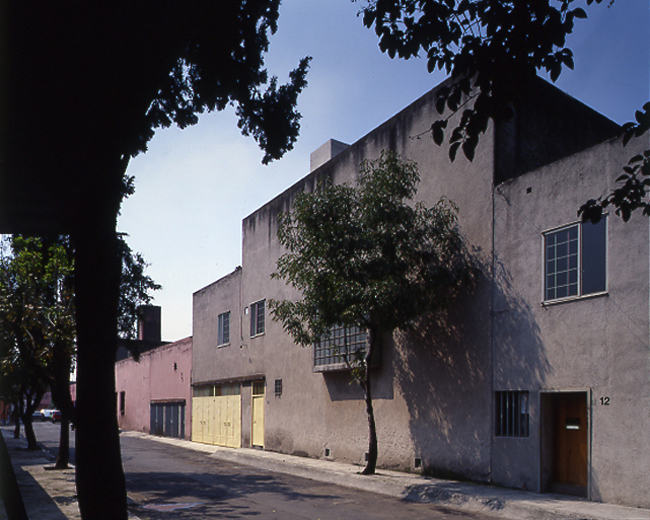
Luis Barragán

Luis Barragán, Mexican architect and landscape designer and widely recognized for his contributions to the modern development of Mexican architecture, was born on March 9, 1902 in Guadalajara. He studied civil engineering at the National School of Engineering and took time to travel around Europe. After returning to Mexico, he worked as an independent architect during the 1920s and 1930s, designing mainly houses and commercial buildings in a modern style.
His work gained further recognition in the 1940s, when he began designing public housing projects for the Ministry of Housing. These projects included the Ciudad Universitaria, Parque España and the housing complex of the Valley of Mexico. These works marked the beginning of a new era in Mexican architecture.
In the 1950s, Barragán began designing landscaping projects, including the gardens of the El Pedregal country house, as well as the gardens of the Mexico City airport. His work is characterized by the integration of natural elements with architectural elements, creating unique and beautiful spaces.
In 1980, Barragán was awarded the Pritzker Architecture Prize, which is the highest award in the industry. He died in 1988 in Mexico City. His legacy remains an inspiration to modern architects.
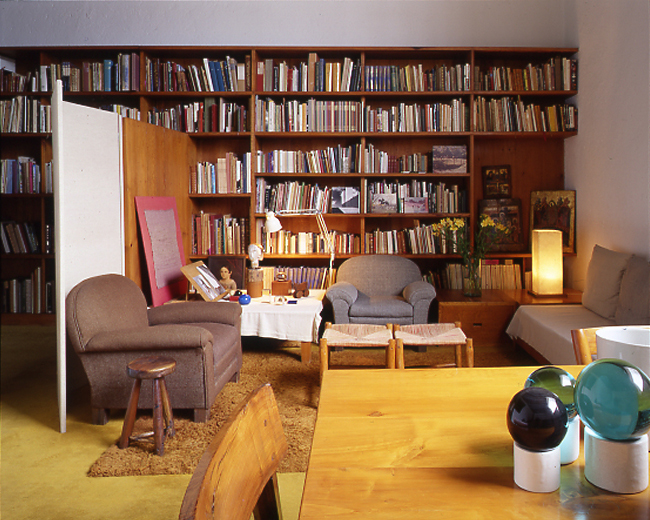
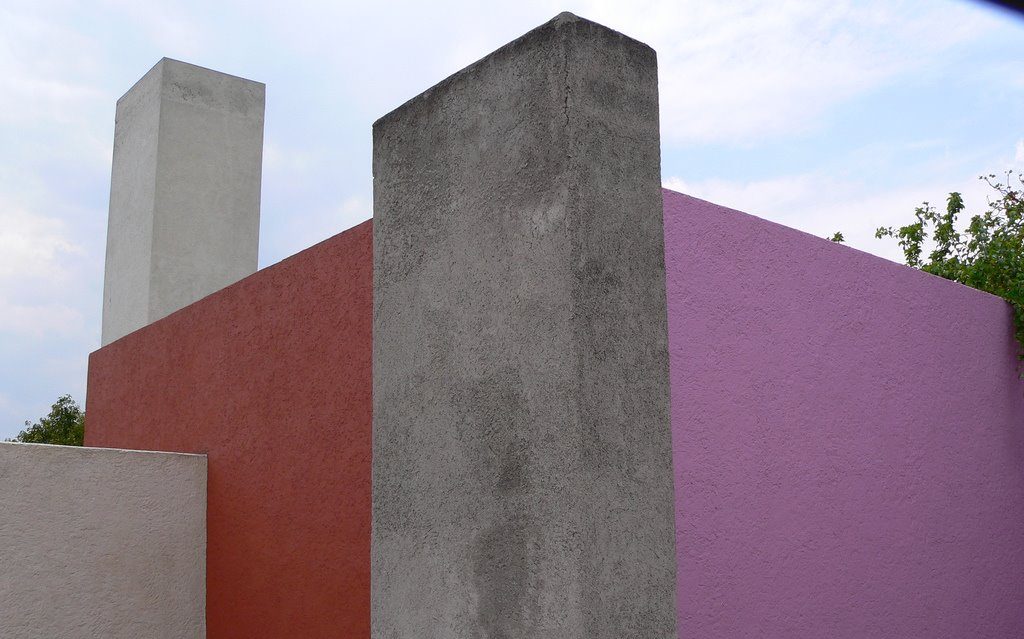
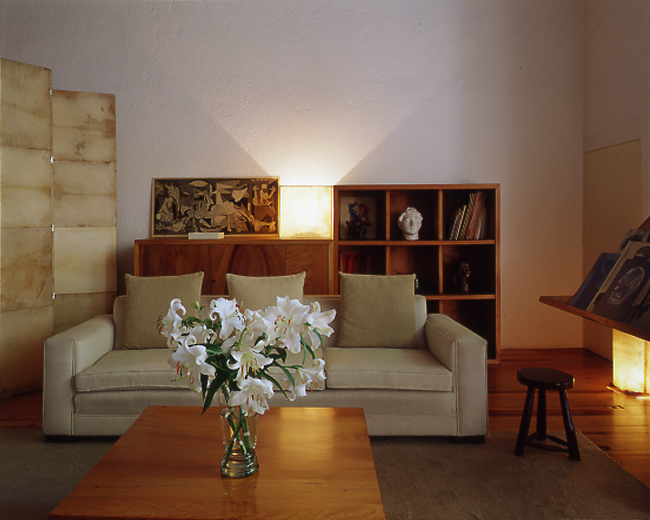
Si quieres seguir leyendo sobre arte y arquitectura da click here

